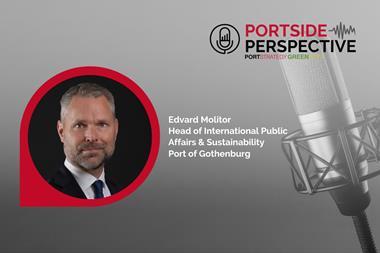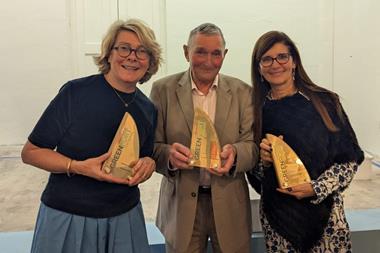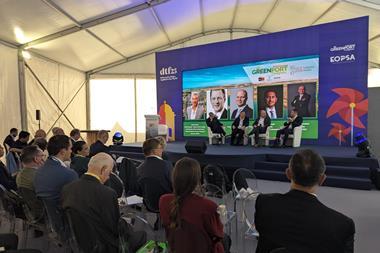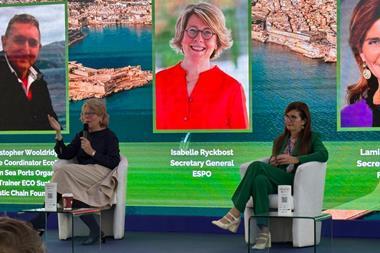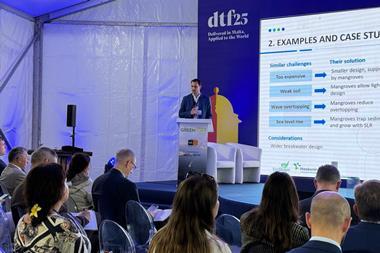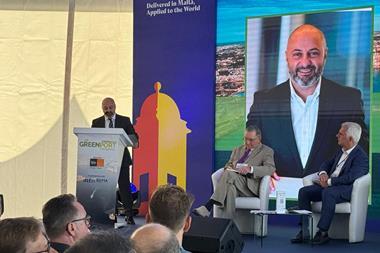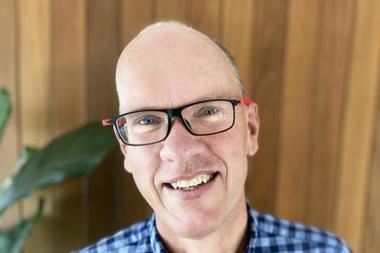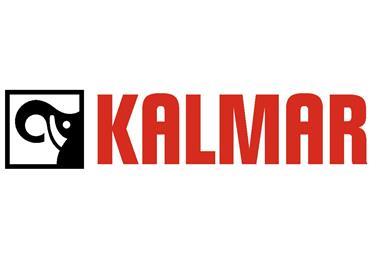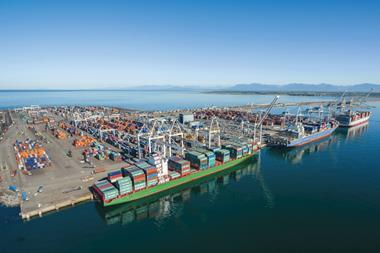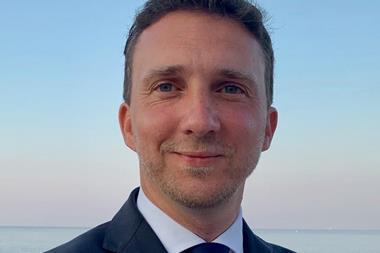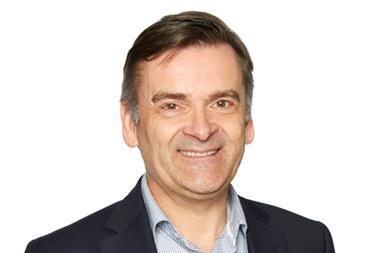Infrastructure, or moreover harbouring the future of it for a stronger port system was the central topic of the second session at the 2025 GreenPort Congress.
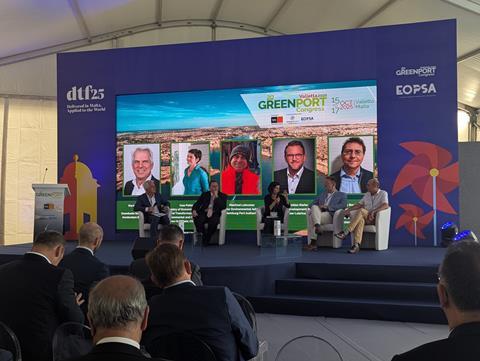
Insa Pohlenga, Ministry of Economic Affairs, Free Hanseatic City of Bremen, spoke about the sH2unter@ports project which has looked at the conversion of shunting operations in the ports of Hamburg and Bremerhaven.
The project, which completed in 2024, focused on the last mile journey, which cannot be electrified and looked at retrofitting locomotives with hybrid hydrogen powered systems.
It also looked at H2 refuelling infrastructure at Bremerhaven.
The project found that the operation of these shunting locomotives with alternative drives is possible with HVO, hydrogen, but also with overhead line battery systems, with CO2 emissions significantly reduced in all alternatives.
“But infrastructure must be adapted and to this end, the most sensible and efficient strategy needs to be evaluated for both ports,” said Ms Pohlenga.
“At the same time, there must be cooperation between market participants in order to achieve economies of scale.”
Green hydrogen
A great example of a port working to achieve this economy of scale is the Port of Hamburg.
Hamburg is looking to become a centre for green hydrogen and to create a dedicated area to drive the energy transition.
But like most, it is having to overcome some large obstacles in the way first.
One of the issues has been space – more room is needed to accommodate alternative fuels than has been previously dedicated to fossil fuels.
But nonetheless, it is navigating the twisty path towards success.
Manfred Lebmeier, senior environmental advisor, Hamburg Port Authority, said that the port has already negotiated import arrangements with the Americas and Africa – the idea is to import green hydrogen and supply it across Europe.
“Partnership is by far the key to large scale transformation, we need to develop a value chain for climate neutral energy carriers,” he said.
Germany, he said, is committed to creating a national hydrogen grid system. It’s also committed to expanding alternative fuel supply to ships, including bunkering provisions. Demand is also growing he said for methanol and ammonia from 2028 onwards.
He said that capturing carbon is also a good business opportunity for Hamburg, especially for those hard to abate industries and it fits in with Germanys carbon management strategy.
But there is the issue that the lucrative aspect of carbon capture is CO2 as a commodity, rather than as waste.
“I spoke a lot about opportunity, but the reality is the industry is reluctant, they want to transport and sell it but not to take it away.”
“We need a market for these green molecules because projects are lagging behind, then we can truly reap the benefits these opportunities provide,” he said.
Quick wins
As much as the large infrastructure projects are important – the smaller, quick wins are just as key.
Christian Kiefer, business development manager, Klüber Lubrication, asked delegates what the best source of energy is.
The best, he said, is the one that is not needed,
He took delegates through how a close look at lubrication can gain efficiency.
Klüber is working with clients on lubrication strategy change. In Pisa this has helped save 600 GW of energy per year and at VLI Logistica in Brazil, it has worked to get them on track to reduce CO2 emissions by 15% by 2030 and achieve an energy saving of 4.2%.
By using synthetic oil compared to mineral oil as a lubrication strategy, Mr Kiefer said that 25% less friction is produced.
Friction creates heat in the system and high levels cause inefficiency leading to increased emissions and reduced equipment lifetime.
This lubrication strategy can be used across quay cranes, yard cranes, conveyor belt and compressor systems, anyway where lubrication is needed.
“Small changes matter,” said Mr Kiefer, “by performing a lifecycle assessment we can create efficient production and management of equipment. This is not purely about products, but gaining overall efficiency in your operations.”
Portable charging
The discussion on electrification was moved on further at Congress this year with talk of an innovative power barge solution for portable charging.
The BlueBarge Project is a modular, scalable design which is especially useful for hard to reach areas, supporting offshore power supply to moored and anchored vessels, or where OPS is not available yet.
Ignacio Benitez, senior project manager – innovation and port cluster development, Fundacion Valenciaport, explained that a prototype is being developed and will be tested at Limassol Port in summer 2026.
The project brings together 14 partners, supported by the Horizon Europe programme.
It’s projects like this which seek to fill a gap in infrastructure which many ports and terminals are experiencing as they seek to keep up with the pace of demand or attract new business.


